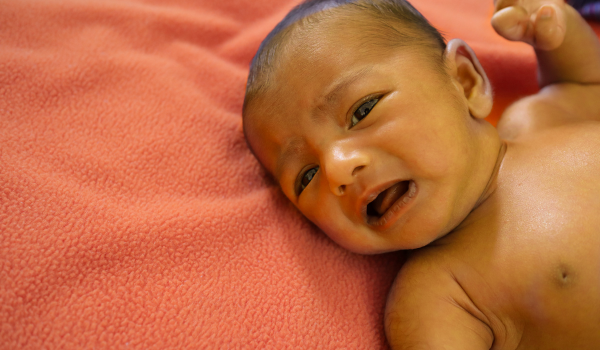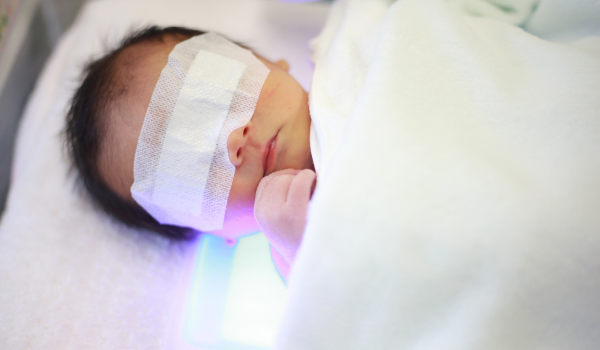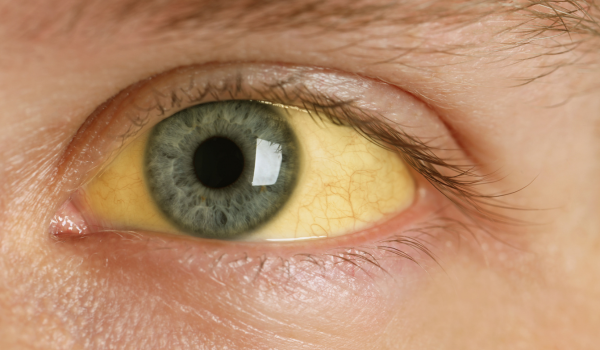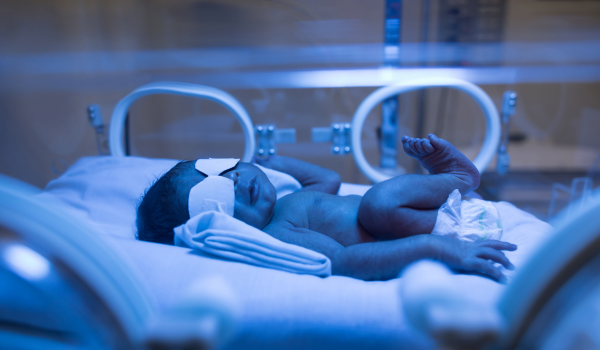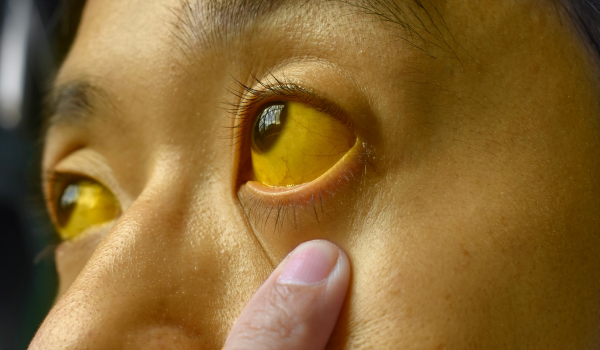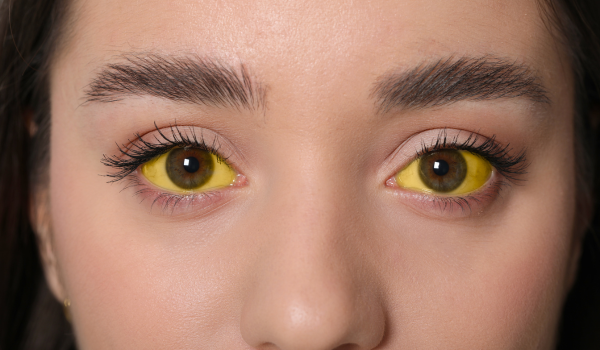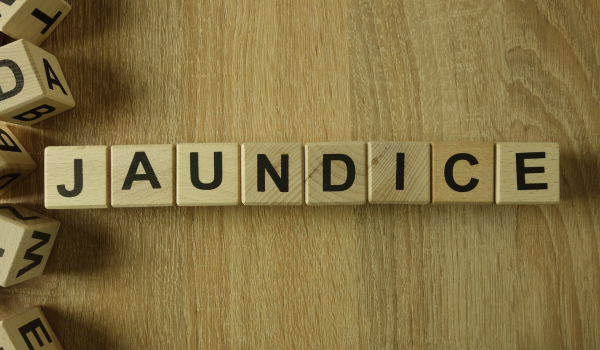
Jaundice is a condition marked by a yellowish discoloration of the skin, eyes, and sometimes mucous membranes. While it is often associated with liver problems, jaundice itself is not a disease — it is a symptom of an underlying medical issue.
The yellowing happens when there is an excess of bilirubin in the body, a yellow pigment formed during the breakdown of red blood cells. Normally, the liver processes bilirubin and removes it from the body. However, if something interferes with this process, bilirubin can build up, leading to jaundice.
This article explores the main causes of jaundice, why it happens, and what conditions may be behind it.
Understanding Bilirubin
Bilirubin is produced when red blood cells break down at the end of their lifespan. This pigment travels in the bloodstream to the liver, where it is processed and excreted into bile, eventually leaving the body through stool.
When any step in this process is disrupted — whether in production, processing, or elimination — bilirubin levels can rise, resulting in jaundice.
Pre-Hepatic Causes
Pre-hepatic jaundice occurs before bilirubin reaches the liver. This usually happens when there is an excessive breakdown of red blood cells, a process known as hemolysis.
Common pre-hepatic causes include:
-
Hemolytic anemia – red blood cells are destroyed faster than they can be replaced.
-
Malaria – destroys red blood cells as part of its infection cycle.
-
Sickle cell disease – abnormal red blood cell shape leads to premature destruction.
-
Hereditary spherocytosis – genetic condition affecting red blood cell membranes.
In pre-hepatic jaundice, the liver is healthy but overwhelmed by the high bilirubin load.
Hepatic Causes
Hepatic jaundice results from problems inside the liver that affect bilirubin processing. These include:
-
Hepatitis – inflammation of the liver due to viruses, alcohol, or toxins.
-
Cirrhosis – long-term liver damage leading to scarring.
-
Liver cancer – tumors that block or damage liver tissue.
-
Alcoholic liver disease – damage from chronic alcohol abuse.
-
Genetic disorders – such as Gilbert’s syndrome, which impairs bilirubin processing.
In these cases, the liver cannot process bilirubin efficiently, causing it to accumulate.
Post-Hepatic Causes
Post-hepatic jaundice, also called obstructive jaundice, occurs when bilirubin has been processed by the liver but cannot flow into the intestines due to a blockage in the bile ducts.
Causes include:
-
Gallstones – block the common bile duct.
-
Pancreatic cancer – compresses the bile duct.
-
Bile duct strictures – narrowing from injury or inflammation.
-
Cholangiocarcinoma – cancer of the bile ducts.
Blockages cause bilirubin to back up into the bloodstream, leading to jaundice.
Newborn Jaundice
Newborns often develop jaundice in the first few days of life. This is usually physiological jaundice, caused by immature liver function and the high turnover of fetal red blood cells.
While mild jaundice in newborns is common and harmless, severe cases may indicate:
-
Blood type incompatibility with the mother
-
Liver enzyme deficiencies
-
Infections
Prompt monitoring is important because very high bilirubin levels can harm the brain.
Liver Infections
Certain infections directly damage the liver and cause jaundice:
-
Hepatitis A, B, and C viruses
-
Leptospirosis – a bacterial infection from contaminated water
-
Yellow fever – a mosquito-borne viral infection
These infections often cause additional symptoms like fever, fatigue, and abdominal pain.
Alcohol-Related Damage
Chronic alcohol use can lead to:
-
Fatty liver disease
-
Alcoholic hepatitis
-
Cirrhosis
All of these conditions can impair bilirubin processing and cause jaundice. Alcohol-related liver damage is a major global cause of chronic jaundice.
Bile Duct Obstruction
Bile duct blockages are a common post-hepatic cause of jaundice. These can be due to:
-
Gallstones
-
Pancreatic tumors
-
Inflammation from pancreatitis
-
Scar tissue from surgery or injury
Symptoms often include pale stools, dark urine, and severe itching.
Blood Disorders
Diseases that damage or destroy red blood cells can cause pre-hepatic jaundice. Examples include:
-
Autoimmune hemolytic anemia
-
Thalassemia
-
Sickle cell anemia
In these cases, jaundice is often accompanied by anemia and fatigue.
Drug-Induced Jaundice
Some medications can damage the liver or interfere with bilirubin processing:
-
Certain antibiotics (e.g., amoxicillin-clavulanate)
-
Chemotherapy drugs
-
Anabolic steroids
-
Acetaminophen overdose
Stopping the drug usually improves symptoms, but severe cases require urgent medical care.
Genetic Disorders
Some people inherit conditions that affect bilirubin metabolism:
-
Gilbert’s syndrome – mild, harmless form of jaundice triggered by stress or fasting.
-
Crigler-Najjar syndrome – rare and severe disorder causing dangerously high bilirubin levels.
-
Dubin-Johnson syndrome – causes chronic, mild jaundice.
These conditions are lifelong but vary in severity.
When to Seek Medical Help
See a doctor immediately if jaundice appears with:
-
Sudden abdominal pain
-
Fever and chills
-
Confusion or drowsiness
-
Rapid heart rate
-
Unexplained weight loss
These may signal a serious underlying disease needing urgent treatment.
Conclusion
Jaundice is a visible sign of an internal problem — whether it’s excessive breakdown of red blood cells, liver damage, or a bile duct blockage. While some causes are mild and temporary, others can be life-threatening if not addressed.
If you notice yellowing of your skin or eyes, it’s important to get medical evaluation to identify and treat the underlying cause promptly.
